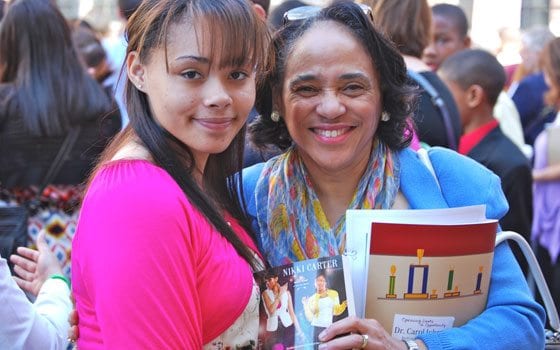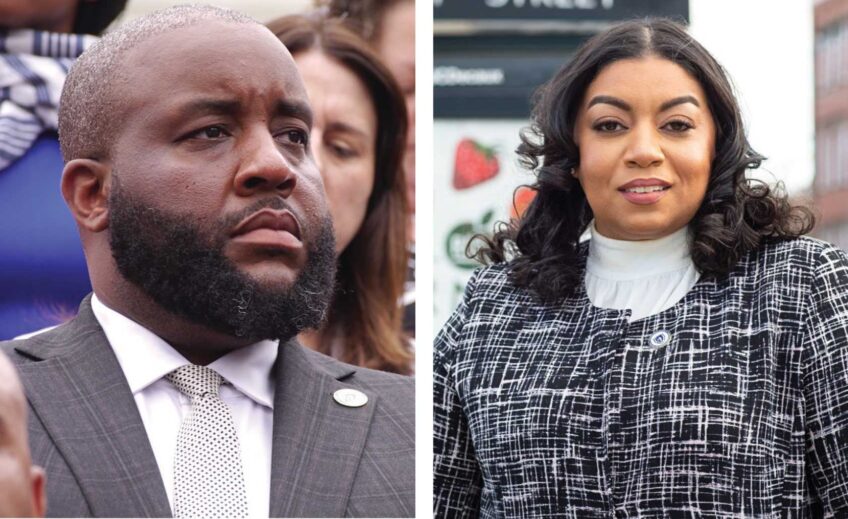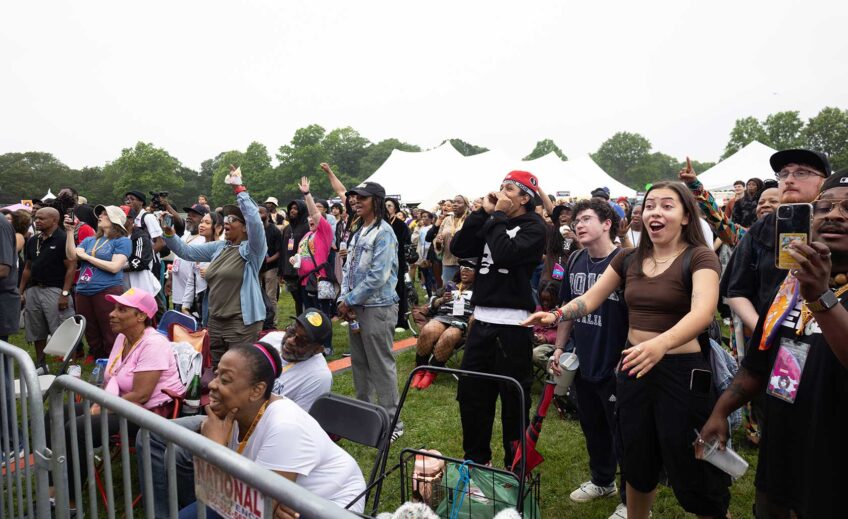
Boston schools are out of compliance with an outstanding federal court order that 25 percent of teachers are to be black, although the system is meeting a related mandate that 35 percent be minority.
About 22 percent of the 4,500 teachers are black, according to the School Department. Overall, 38 percent are minority and 62 percent white.
“I will acknowledge that we’ve fallen short of the goal” for black teachers, Superintendent Carol R. Johnson told the City Council during a hearing on school equity and access.
Johnson has acknowledged the educational value of having more teachers of color to serve as role models for students of color, who make up 87 percent of the enrollment of 57,000.
To improve the recruitment of minority teachers, the school system is taking several steps that Ann H. Chan, assistant superintendent for human resources, outlined in response to a question from At-large Councilor Felix Arroyo.
One approach, Chan said, is to target people already working in the system and encourage them to apply for teaching jobs — student, provisional and substitute teachers, as well as classroom aides called paraprofessionals.
The department is also collaborating with UMass Boston, Wheelock College and Teach for America on residency programs for teachers. Last year, minorities made up 45 percent of new hires from UMass Boston’s residency program.
District Councilors Tito Jackson and Charles Yancey pushed for an enforcement mechanism to back up those recruiting efforts. They urged school officials to consider restoring to the department’s Office of Equity the power to sign off on every new hire.
“We’re still not compliant with — not the City Council’s guidelines — but with federal guidelines. I think the Boston Public Schools should reevaluate how hires come in, and I think the Office of Equity should now have a signoff on how folks are hired,” Jackson said.
In paying the School Department a compliment, Yancey referred to effective past enforcement of that court order and related ones.
“I review, routinely, the employment record of virtually every city department and, by far, with little if any competition, Boston Public Schools happens to be the most diverse department we have in city government,” Yancey said. “And I don’t think that happened by accident.”
Barbara Fields, who was the equity office’s longtime director, said that 26 percent of teachers were black when the signoff power was taken away in 2003. “Since that time it has gone down,” she told the council, speaking on behalf of the Black Educators Alliance of Massachusetts.
Rethinking the current policy, Fields said, is “only in the best interest of the district and the students that we serve.”
John McDonough, the department’s chief financial officer, said before 2003 the department required “nine signoffs on every single personnel transaction,” causing long delays. Some lasted until after new hires had begun teaching but could not be paid without the last signature.
None of the School Department administrators present at the May 14 committee hearing directly responded to the requests for a review on restoring signoff power to the current equity officer, Kimberly Williams.
Arroyo also inquired what the department is doing to retain teachers of color once they have been hired. The Black Educators Alliance has cited “disproportionate attrition of black teachers” as part of the problem.
Chan said the department has conducted a survey of new teachers of color to identify their needs and is building “small learning communities” that provide them with specialized professional support.
Her description of recruitment efforts was more extensive than her outline of retention strategies, suggesting the department is focused more on hiring.
Arroyo, Jackson and Yancey made the case that, given the current racial-ethnic composition of the enrollment, the percentage of teachers of color ought to be much higher than the 35 percent the federal court has mandated.
“I don’t know how you’re going to tackle the achievement gap if students don’t see people who look like them in successful roles, who can relate to them in the classroom and understand where they’re coming from,” Arroyo said.
The three councilors did not get an argument from School Department officials.
“We know that there’s a majority right now of middle-aged, white, female teachers like myself, and I think our goal would be to have our faculty reflecting the student demographic characteristics of our district,” said Cynthia Hayes, chief academic officer.
The court order does not set a percentage of teachers who have to be Latinos, who make up the single largest group of students, at more than 40 percent. About 10 percent of teachers are Latino.
Reviewing a report on teacher diversity in each of the system’s 125 schools, Arroyo was dismayed to find that 12 had no Latino teachers and 16 or more had no Asians.
“I can’t fathom why we would have schools that don’t have a single one, a single Latino teacher, in a system that’s 40 percent Latino students,” he said.
The Black Educators Alliance has filed a federal complaint about the shortfall of black teachers and the department’s failure to implement a plan adopted in 2006 to address the achievement gap. The Office for Civil Rights in the U.S. Department of Education is reviewing the complaint.
Johnson said “there are elements we are addressing within the plan,” which has 12 elements, adding, “We’re not where we need to be with the plan, I would say.”
Carroll Blake, department’s executive director on the achievement gap, estimated the plan would be completed by the beginning of the next school year. He said the department is waiting for recommendations from academic superintendents for the various grade levels of schools.






